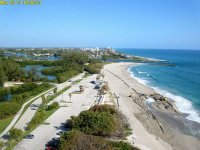Hi,
I just wanted to ask a general opinion of what is the normal depth that a shipwreck is buried below the sand. Maybe 12-13 feet? I don´t think it might be more.... I know it depends on the shipwreck but there must be an average of depth of all shipwrecks.
I just wanted to ask a general opinion of what is the normal depth that a shipwreck is buried below the sand. Maybe 12-13 feet? I don´t think it might be more.... I know it depends on the shipwreck but there must be an average of depth of all shipwrecks.


 thus their "untouchible"
thus their "untouchible"


